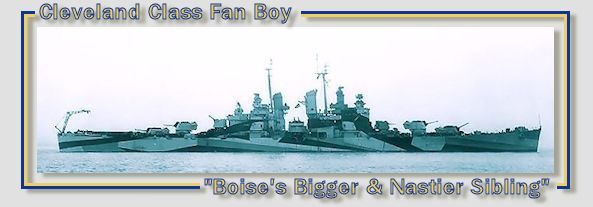Canoerebel
Posts: 21100
Joined: 12/14/2002
From: Northwestern Georgia, USA
Status: offline

|
I believe the current situation in the game illustrates an important point.
Right now, the Allied carriers and the Japanese carriers are 28 hexes (1288 miles) apart. That's a huge amount of separation. However, if KB steams at max speed (I think 18 hexes or 828 miles) it will be possible to easily close within striking distance since the Allied carriers are moving five hexes (240 miles) towards the enemy. The Allies do not want to risk a carrier clash for reasons I deem critical, so I have to carefully weigh all possiblities before giving orders to my ships to steam forward "blindly." Once committed to that four hex advance, there's no chance of retreat for 24 hours, even if the massive enemy fleet closes at flank speed, taking the shortest route, which is right next to Sumatra where I have four or five bases filled with high-quality PBY squadrons.
In the real war, of course, the Allied commander would know almost the exact whereabouts of the KB by the minute. At any point in time, if it appeared that the KB was charging forward, the Allies could retire. IE, one hour into the Allied move on Sabang, the carriers and merchant TFs could be recalled towards Ceylon before the enemy could get within 1,000 miles.
But not in the game. I have to steam forward stupidly because the game is played in 24-hour increments. That's the game, so that's the way it has to be. But that's an awesome level of unrealism.
That, folks, is why I often use picket ships. While they don't help in this particular sitautiion since I have plenty of PBYs to handle spotting, there are many cases in which I commit carriers far from patrol coverage. Picket ships help minimize risks similar to this.
In the real war, picket ships were used, but usually they were posted perhaps five or ten miles or more forward. But the real war was also in real time. Since the game is 24 hour increments, the pickets have to be thrown forward a correspondingly greater distance.
Picket ships, while not purely historical, are a small thing that helps dampen or eliminate a much, much, much larger nonhistorical feature of the game. I'm also certain that had circumstances been similar in the real war, the Allies would have found ways to employ picket ships (or similar things) to keep the enemy away from vital TFs.
A friend recently referred to the use of picket ships as "crap like that." Since I respect his opinion, that comment stung. I think the use of picket ships (at least as I employ them) is reasonable, fair, sensible, and is a small thing that takes care of a much larger flaw.
< Message edited by Canoerebel -- 8/17/2013 3:10:22 AM >
|
 Printable Version
Printable Version






















 ) but you can't select who you want to fight and whom you don't. You just can't operate in an active combat theater and chose targets of lesser strength than your own and ignore the primary targets of the US Navy and the flattops themselves. This being the case your only option is to order your flag officer to high tail it or risk ambush yourself. I hope this does not set off a &^%$ storm. I am no authority on naval warfare only a student of history learning on the fly.
) but you can't select who you want to fight and whom you don't. You just can't operate in an active combat theater and chose targets of lesser strength than your own and ignore the primary targets of the US Navy and the flattops themselves. This being the case your only option is to order your flag officer to high tail it or risk ambush yourself. I hope this does not set off a &^%$ storm. I am no authority on naval warfare only a student of history learning on the fly. 
 New Messages
New Messages No New Messages
No New Messages Hot Topic w/ New Messages
Hot Topic w/ New Messages Hot Topic w/o New Messages
Hot Topic w/o New Messages Locked w/ New Messages
Locked w/ New Messages Locked w/o New Messages
Locked w/o New Messages Post New Thread
Post New Thread